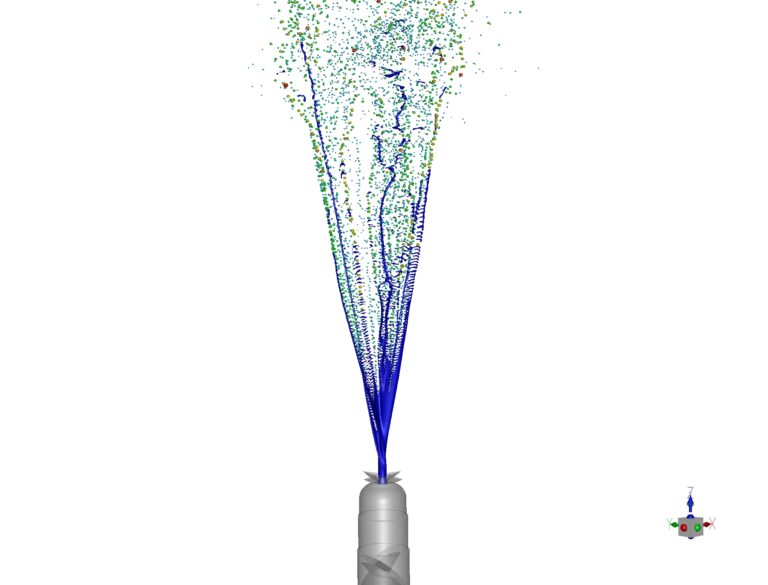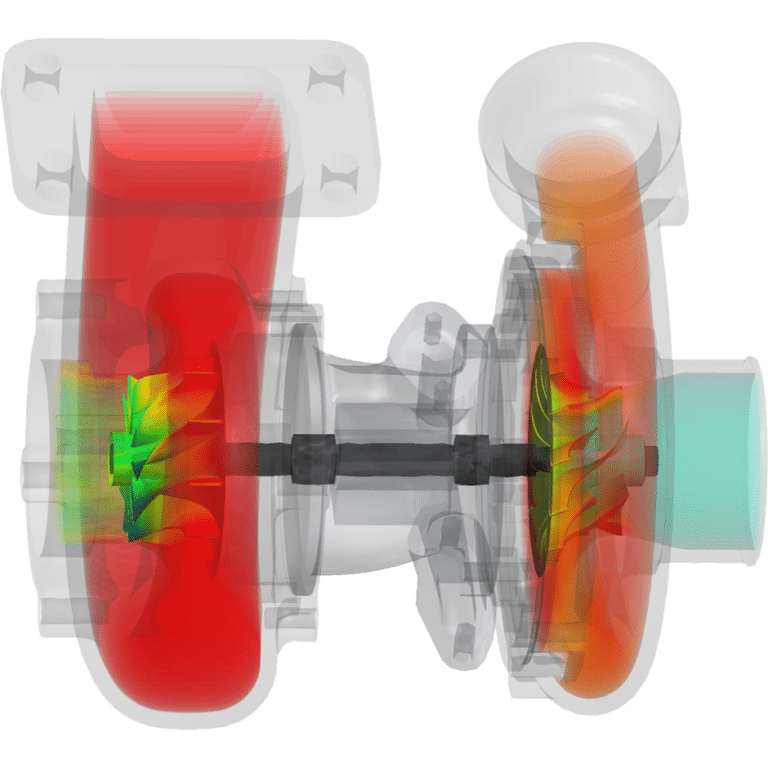CFD simulation applications for transportation
The transportation sector is usually among the first to spring to mind when thinkink of CFD modeling. And with good reason: the study of the aerodynamic behavior of vehicles, whether in the automotive or aeronautical sectors, is a major focus. However, CFD applications in the transportation sector are not limited to vehicle aerodynamics calculations. Other high-stakes issues can also be addressed through modeling.



